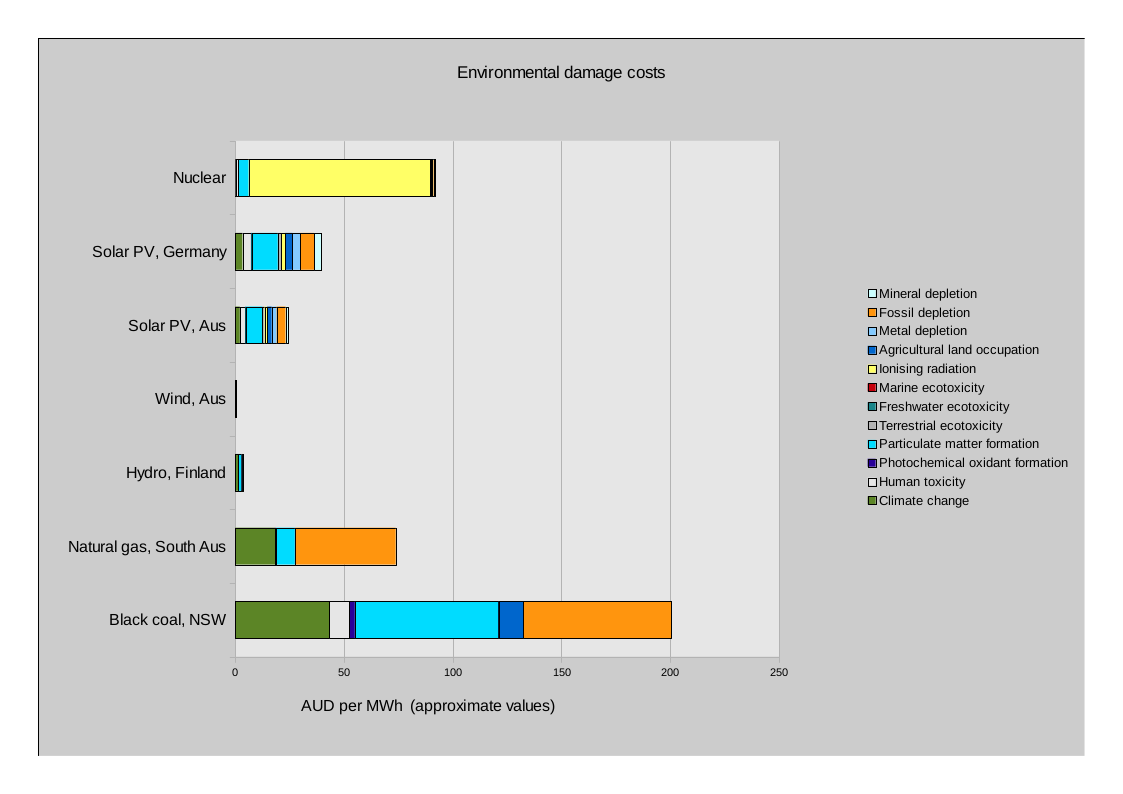Using non-market valuation in LCA
Environmental impacts are almost always "externalities" with respect to the decision framework of the party causing the impact. Put simply, those who cause emissions are not the ones who suffer from them. Economists would like to extend car exhaust pipes so the fumes go straight into the cabin of the car: only then would the driver make economically efficient decisions and negative effects would be fully "internalized".
In a social cost-benefit assessment, those external costs are added to the private costs of an activity; external costs are calculated using primarily so-called non-market valuation. The objective of life-cycle assessment (LCA) is to calculate environmental impacts across the entire supply chain. Virtually all of those impacts are externalities and, using the same valuation methods, they can be translated into monetary values or external costs.
The framework thus provides a method for weighting of LCA results. This also allows for "social return on investment" and social cost-benefit assessment of certain alternatives, for instance in the case of product ecodesign. Non-market valuation techniques can be used to interpret and apply LCA results more widely. The example below demonstrates the principle for a range of energy generation technologies.
